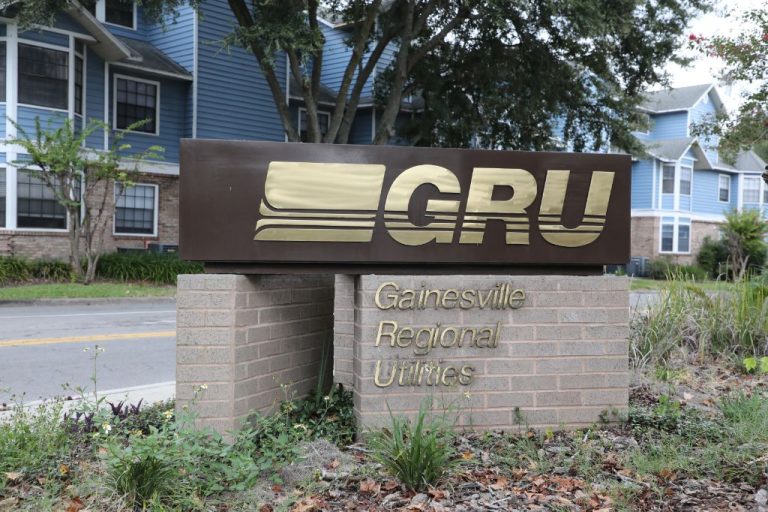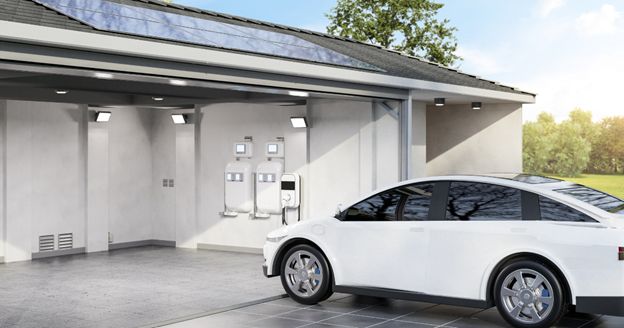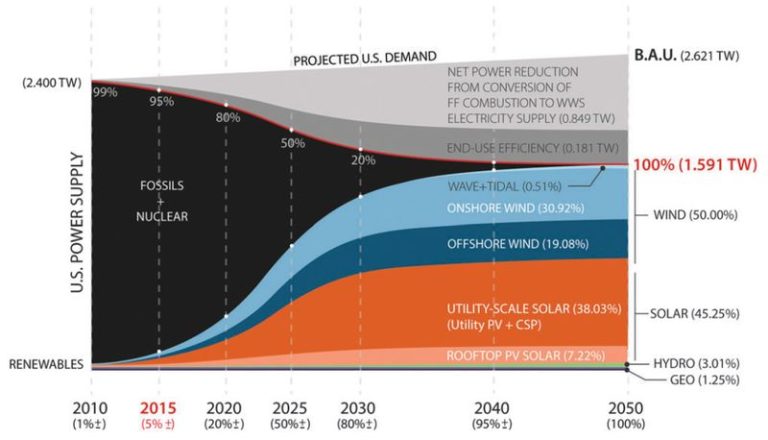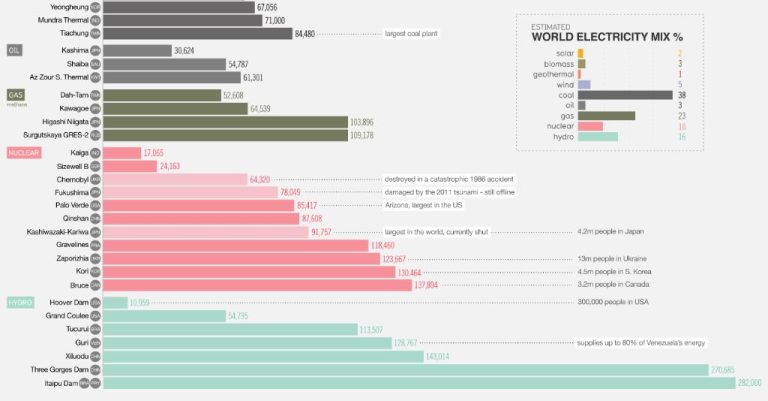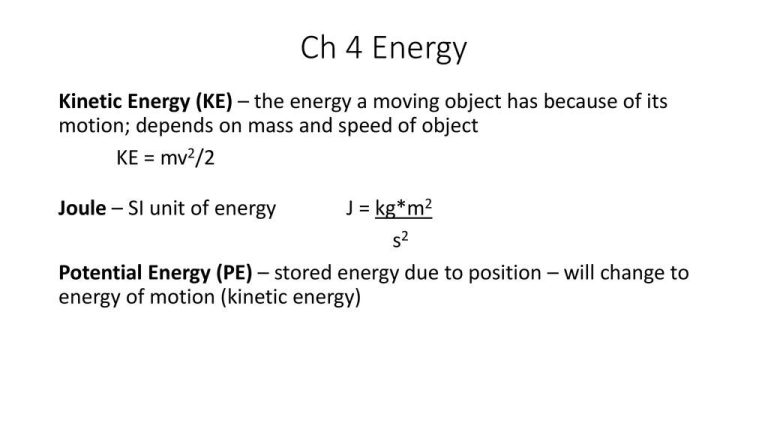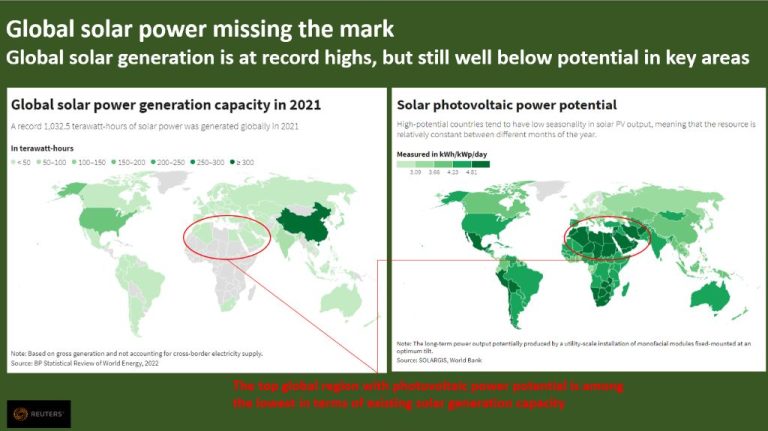Are Renewable Energies Reliable?
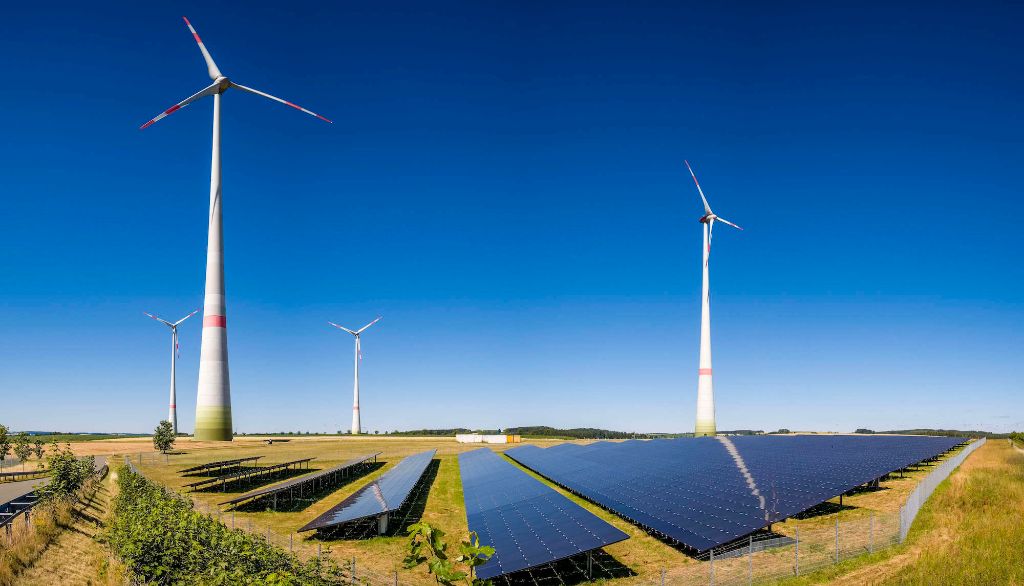
As the adoption of renewable energy sources like wind and solar continues to grow, the question of reliability has often been raised as a potential issue. Renewable sources differ from traditional power plants in that their energy production can vary based on weather conditions and time of day. This intermittency has led some to question whether renewables can provide the same level of reliability that existing grids do. However, with the right strategies and technologies, renewable energies can absolutely be a reliable part of our energy infrastructure.
Intermittency of renewables
Renewable energy sources like solar and wind are considered intermittent or variable because their power generation fluctuates based on weather conditions and time of day. The availability of sun and wind can change frequently, meaning solar and wind farms don’t provide a constant supply of electricity into the grid (Intermittent Renewable Energy).
The intermittency of solar energy depends on the movement of the sun throughout the day and the presence of clouds blocking sunlight. Solar power drops to zero at night when there is no solar irradiance. For wind, the speed and consistency of wind in an area impacts the electricity generated. Output can drop suddenly if wind speeds decrease (What is “Intermittency” in Renewable Energy?).
These fluctuations in renewable generation make it challenging to perfectly match supply with electricity demand at all times. Intermittency must be managed to integrate higher levels of renewables onto the grid.
Energy storage solutions
One major challenge with renewable energy sources like solar and wind is that they are intermittent – they only produce energy when the sun is shining or wind is blowing. This variability can make it difficult to rely solely on renewables for continuous power. However, there are storage technologies that can capture excess renewable energy when it’s produced and discharge it when needed, helping to balance supply and demand.
Some key examples of energy storage for renewables include:
- Batteries – Large grid-scale batteries like lithium-ion can store excess renewable energy and provide hours of electricity. Startups like Tesla and Fluence are deploying more utility-scale batteries.
- Pumped hydro – This involves pumping water uphill into a reservoir when there is surplus renewable energy, then releasing it through hydro turbines when power is needed. Pumped hydro currently accounts for over 90% of global energy storage.
- Compressed air – This works by using excess renewable energy to compress air in underground caverns. The compressed air is then released to turn a turbine and generate electricity when required.
- Thermal storage – Excess renewable heat can be stored in materials like molten salt and used to generate steam for electricity when needed. This allows solar thermal plants to operate when the sun isn’t shining.
Overall, integrating more storage like batteries and pumped hydro provides a solution for renewable intermittency and enables higher renewable penetration on power grids.
Grid upgrades
Upgrading the transmission infrastructure is crucial for integrating large amounts of renewable energy onto the grid. As renewables like wind and solar generate power intermittently, stronger transmission networks are needed to transport electricity from where it is generated to where it is consumed. According to the Department of Energy, “Bringing More Clean Energy to Our Electric Grid,” grid upgrades like new high-voltage power lines allow network operators to balance power supply and demand across larger regions, integrating renewables over broader geographic areas.[1]
For example, large-capacity transmission lines can send wind power generated in rural areas to cities hundreds of miles away. Upgrading aging infrastructure to handle more power flow enables the grid to smooth out the variability of renewables by connecting to diverse energy resources across wider geographies. With improved transmission capabilities, intermittent renewable generation can be balanced with more consistent power sources like geothermal, hydroelectric, nuclear, and fossil fuel plants.
Overall, enhanced transmission infrastructure is a key enabler for bringing renewables onto the grid, allowing generated electricity to be shared across farther distances and reducing the impacts of local weather conditions on renewable output.
[1] “Bringing More Clean Energy to Our Electric Grid.” U.S. Department of Energy, 3 Nov. 2023, https://www.energy.gov/gdo/articles/bringing-more-clean-energy-our-electric-grid.
Geographical distribution
One way to help smooth out the variability of renewable energy generation is to geographically distribute renewable energy sources, according to RatedPower. Solar and wind power can be intermittent, generating electricity only when the sun is shining or wind is blowing. But distributing solar panels and wind turbines over large geographical regions means they are exposed to diverse weather conditions. This diversity helps compensate when generation drops off in one location, as other locations may have more favorable conditions. For example, the Atacama Desert in Chile has optimal solar conditions and could generate power even when solar generation drops elsewhere.
Data from the Enerdata Yearbook shows the geographical distribution of renewables varies significantly by country and region. Countries with ample hydro resources like Canada, Brazil and New Zealand have high shares of renewable electricity. But growth in wind and solar is enabling a wider distribution of renewables globally. The International Energy Agency reports renewables reached record growth in 2021, led by solar and wind. Distributing these variable sources over larger interconnected grids can help smooth overall renewable generation.
Weather forecasting
As renewable energy sources like solar and wind are weather-dependent, improved weather forecasting helps grid operators better manage their variability and uncertainty. More accurate forecasts of wind speeds, sunlight levels, and cloud cover allow system operators to anticipate fluctuations in renewable generation and schedule conventional power plants accordingly (Forecasting — Grid Integration Toolkit. Retrieved from https://greeningthegrid.org/Grid-Integration-Toolkit/Topics-And-Resources/forecasting). Advanced forecasting combines observational data, weather prediction models, and machine learning algorithms to provide highly localized and short-term forecasts of renewable output. For example, in India, the Ministry of New and Renewable Energy has implemented artificial intelligence-based forecasting systems, improving prediction accuracy by 20-25% (Advanced forecasting of variable renewable power generation for smart grids. Retrieved from https://www.irena.org/-/media/Files/IRENA/Agency/Publication/2020/Jul/IRENA_Advanced_weather_forecasting_2020.pdf). With enhanced visibility into upcoming fluctuations, grid operators can schedule the most economical power plant combinations and make smarter decisions to smooth out variability.
Demand response
Demand response refers to balancing the demand on power grids by encouraging customers to shift electricity demand to times when electricity is plentiful and prices are lower (https://www.iea.org/energy-system/energy-efficiency-and-demand/demand-response). Demand response allows the grid to better match demand with renewable energy generation, which can fluctuate. Programs typically provide financial incentives for users to allow the utility to manage major appliances or devices during peak demand. Research shows demand response can effectively integrate variable renewable energy sources like wind and solar into the grid (https://www.sciencedirect.com/science/article/pii/S0360544220303121). Demand response programs are expanding from traditional interruptible rates to more sophisticated schemes enabled by smart grid technologies. These integrated programs combine multiple demand response strategies for greater grid flexibility (https://pcmp.springeropen.com/articles/10.1186/s41601-019-0126-4).
Integrating multiple sources
One effective way to address the variability of individual renewable sources like wind and solar is to integrate multiple complementary sources, which can balance each other out. As the Western Wind and Solar Integration Study found, combining wind and solar generation across larger geographic areas, with forecasting and demand response, can allow up to 35% renewable penetration before requiring major infrastructure upgrades. [1]
Solar and wind often have opposite diurnal cycles, with solar peaking in the day as wind speeds tend to be lower, while wind often peaks at night when solar generation goes offline. A diversity of locations, resources, and weather patterns makes the overall variability smoother. For example, offshore wind patterns tend to complement solar generation profiles well. [2]
By combining hydro, geothermal, biomass, and other renewable sources along with solar and wind, the reliability and resilience of the overall energy system is improved substantially. Integrating these diverse sources through a modernized, flexible grid ensures consistent renewable power supply.
Comparable reliability
Renewable energy sources like wind and solar are often criticized as being unreliable or intermittent. However, recent studies have shown that renewables can achieve reliability comparable to traditional fossil fuel power plants when integrated properly into the grid.
According to the U.S. Department of Energy, the variability and uncertainty that comes with wind and solar resources declines significantly at large geographic scales with interconnected transmission networks (1). Weather events tend to average out over wider areas and forecasting helps grid operators predict and prepare for changes in renewable generation.
The International Renewable Energy Agency found that significant grid upgrades along with a portfolio of renewable sources and storage can provide affordable and reliable power. Europe already meets 35% of its demand with variable renewables thanks to policies that reward flexibility and accurate forecasting (2).
Overall, studies show that a combination of geographically distributed renewable sources, energy storage, demand response, and grid interconnections can provide electricity reliability on par with or exceeding that of fossil fuel power plants.
Conclusion
In summary, renewable energies have the capability to provide reliable energy when utilized properly. Energy storage solutions like batteries and pumped hydro allow solar and wind power to be stored for when the weather is unfavorable. Smart grids help manage supply and demand across large regions to smooth out intermittency, while improved weather forecasting aids planning and dispatch. Integrating multiple renewable sources, such as wind, solar, geothermal and hydro together provides greater reliability. With the right infrastructure, management and integration of diverse renewables, these technologies can deliver consistent, reliable energy now and well into the future.

